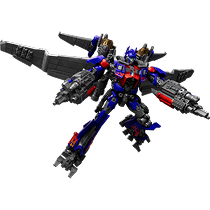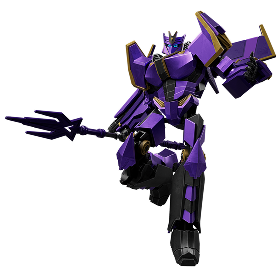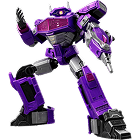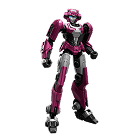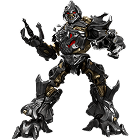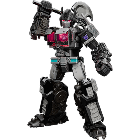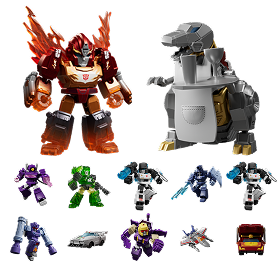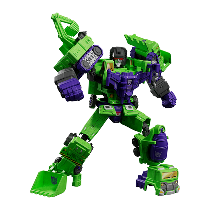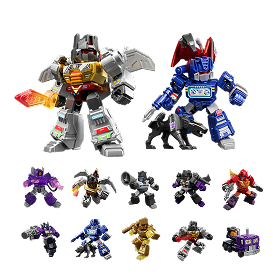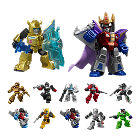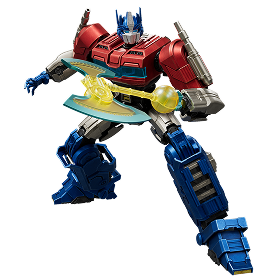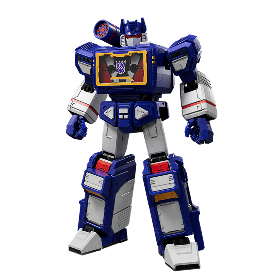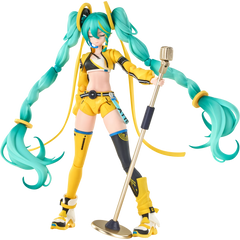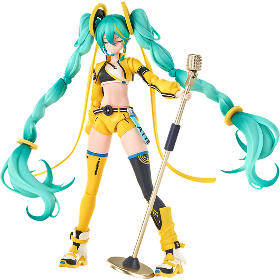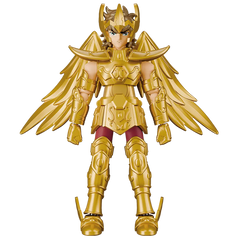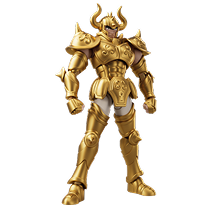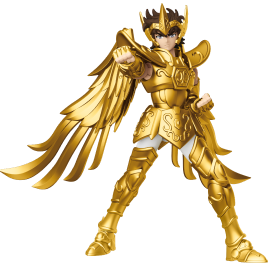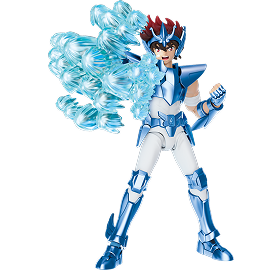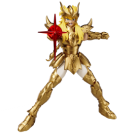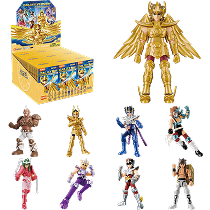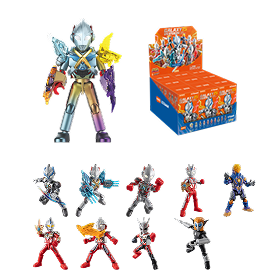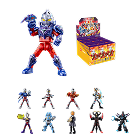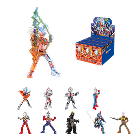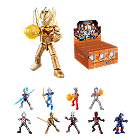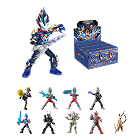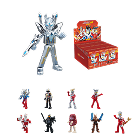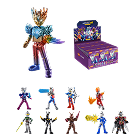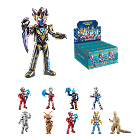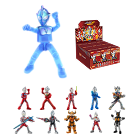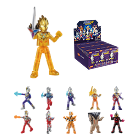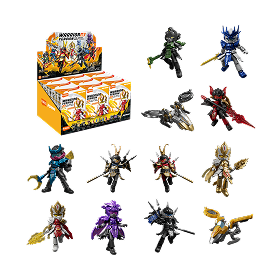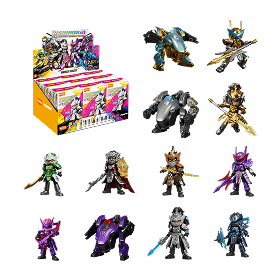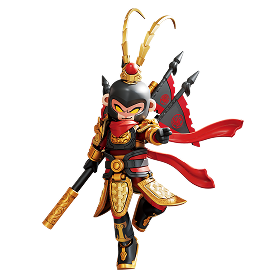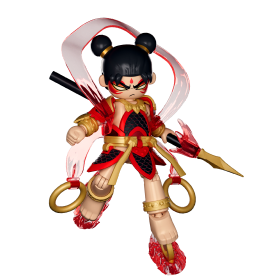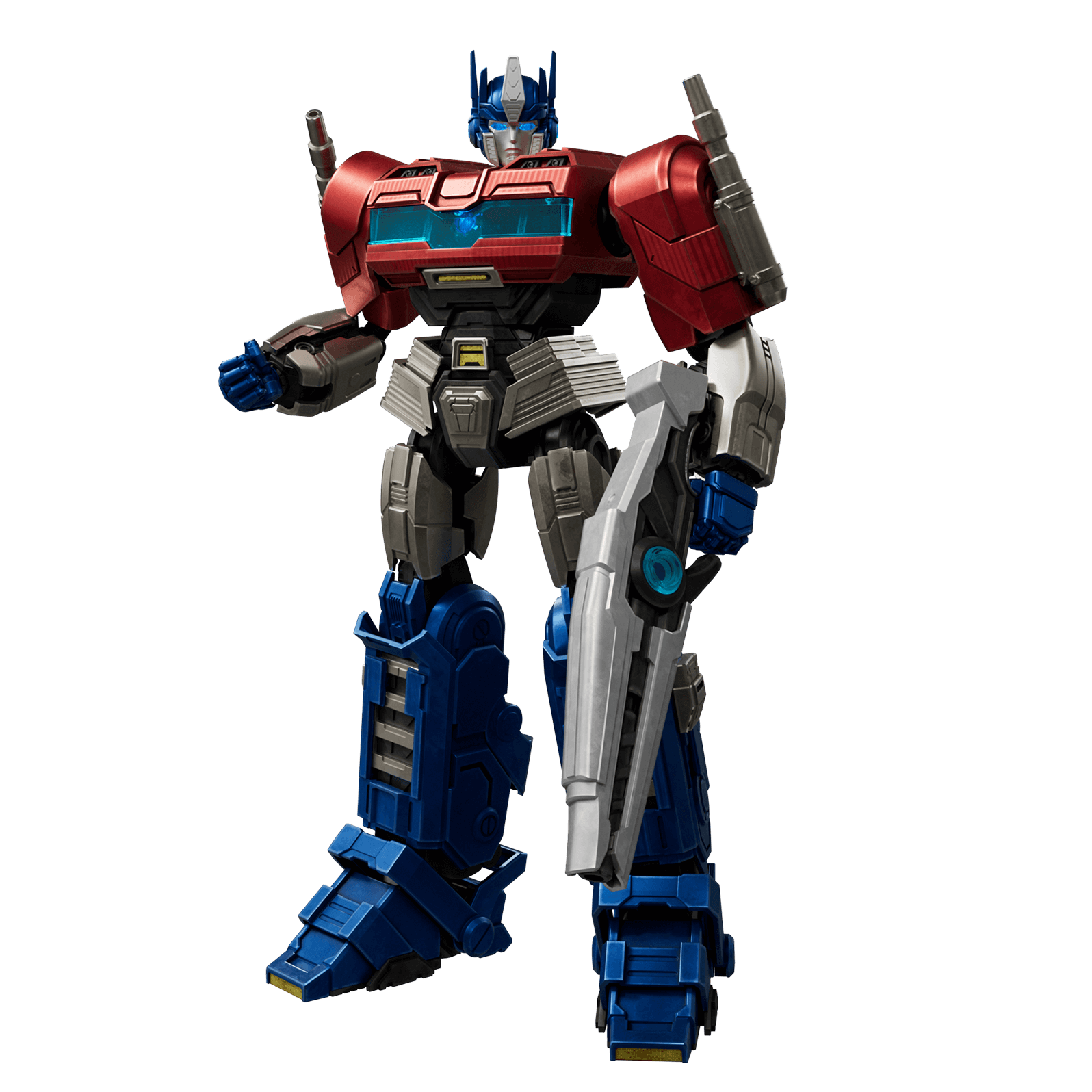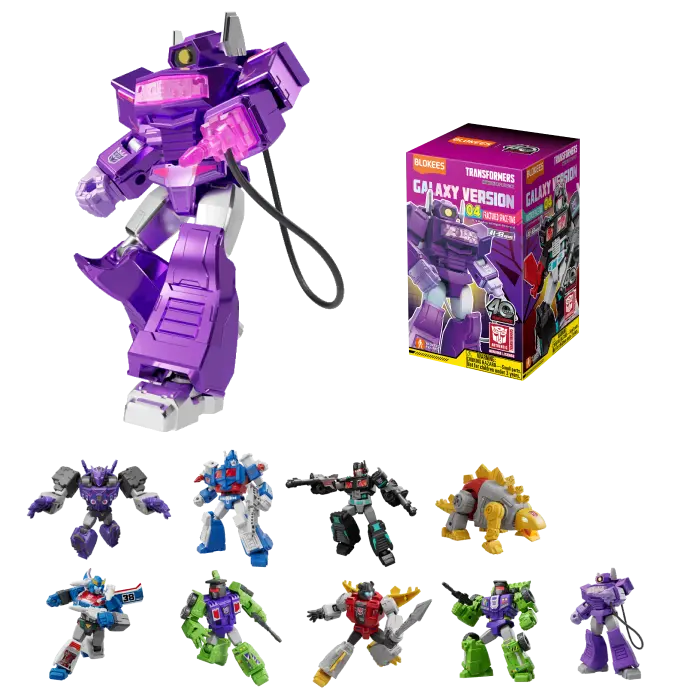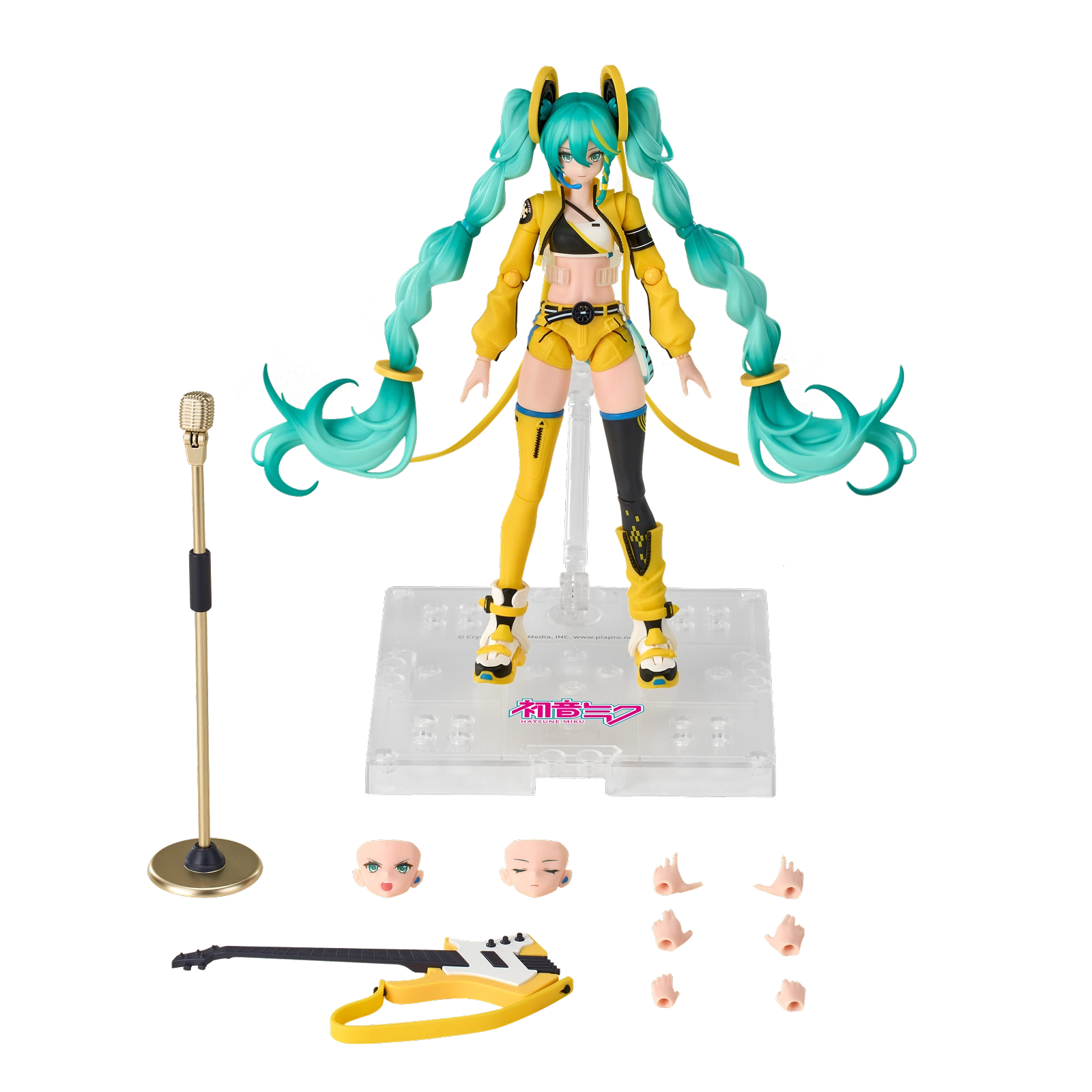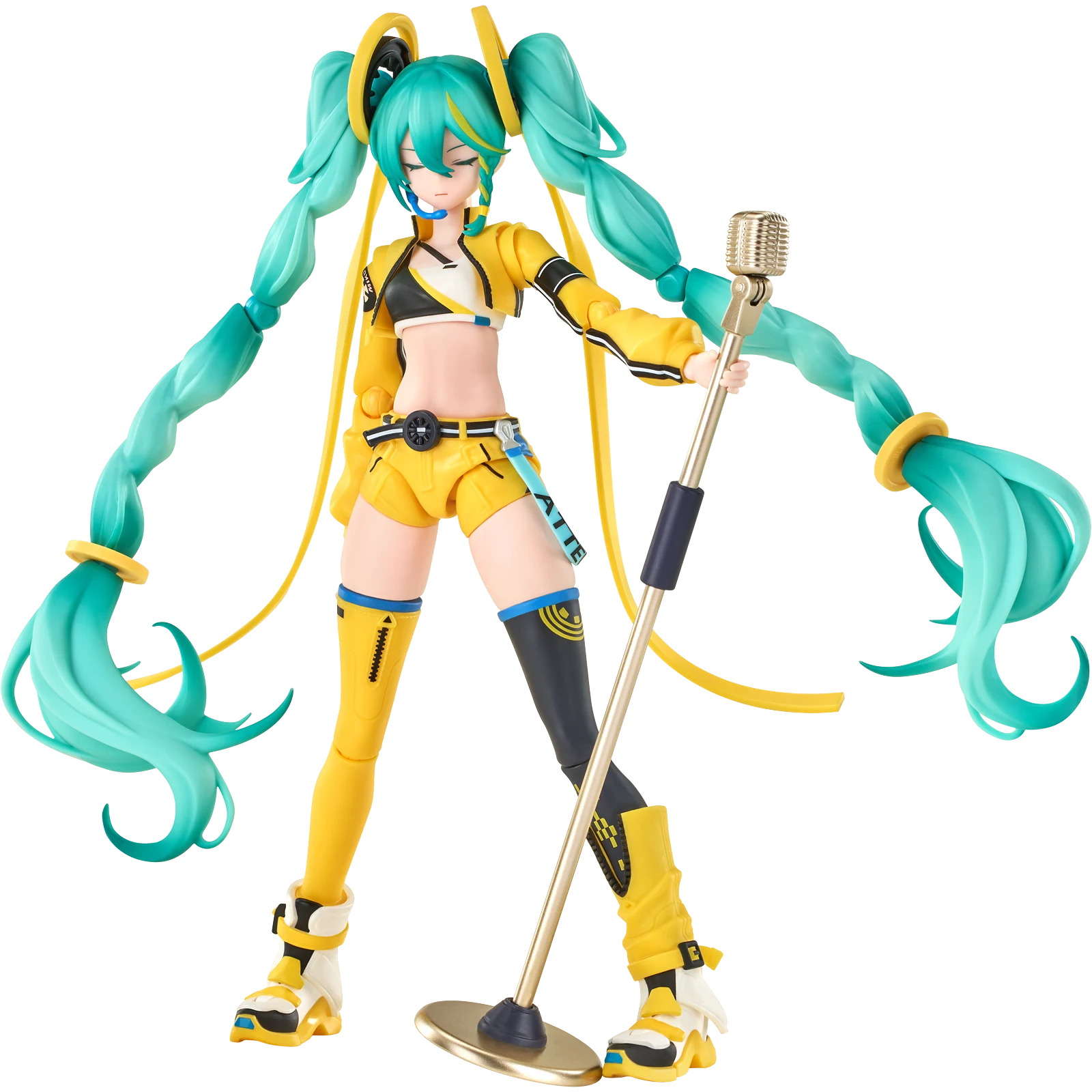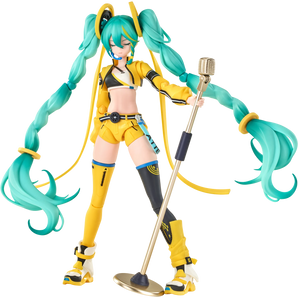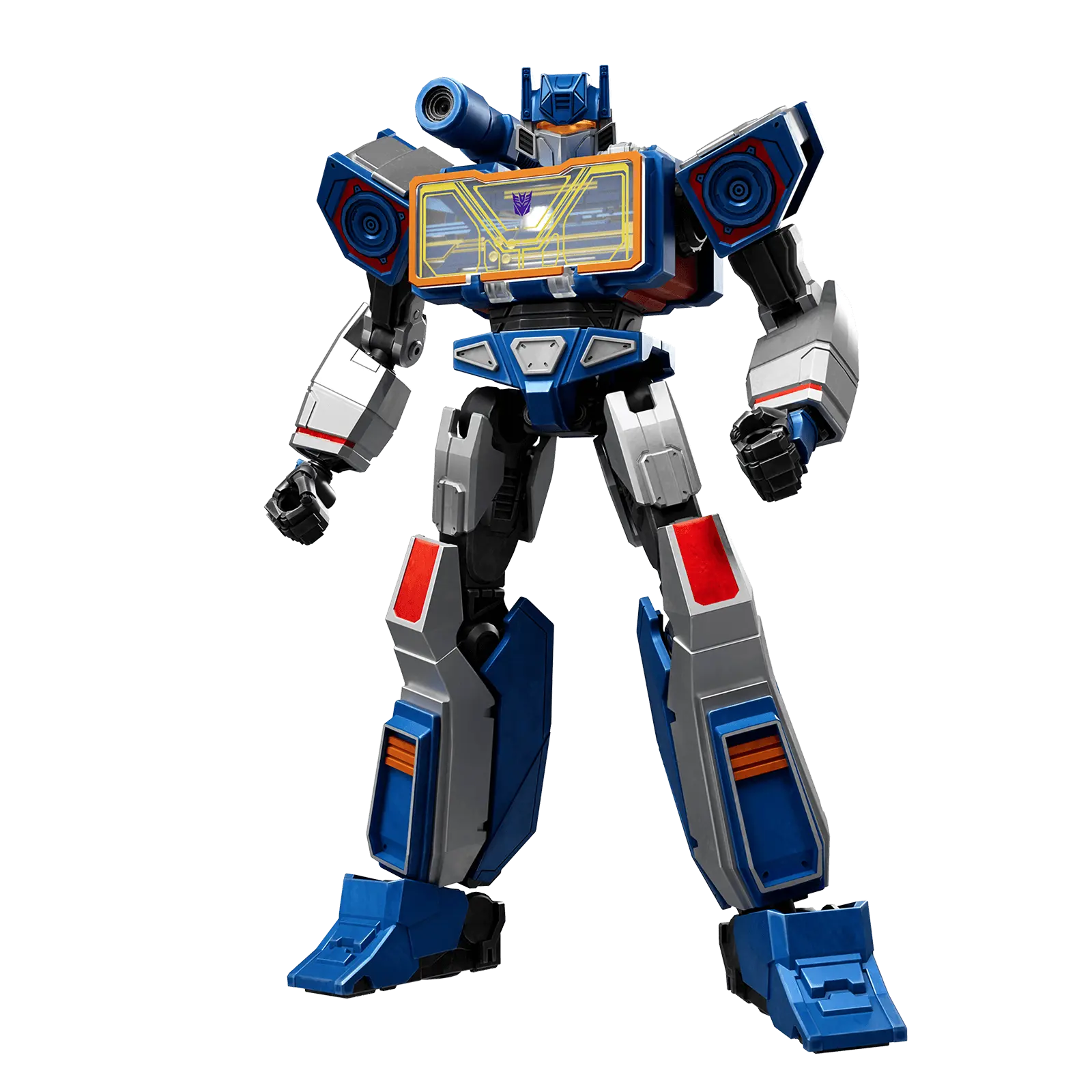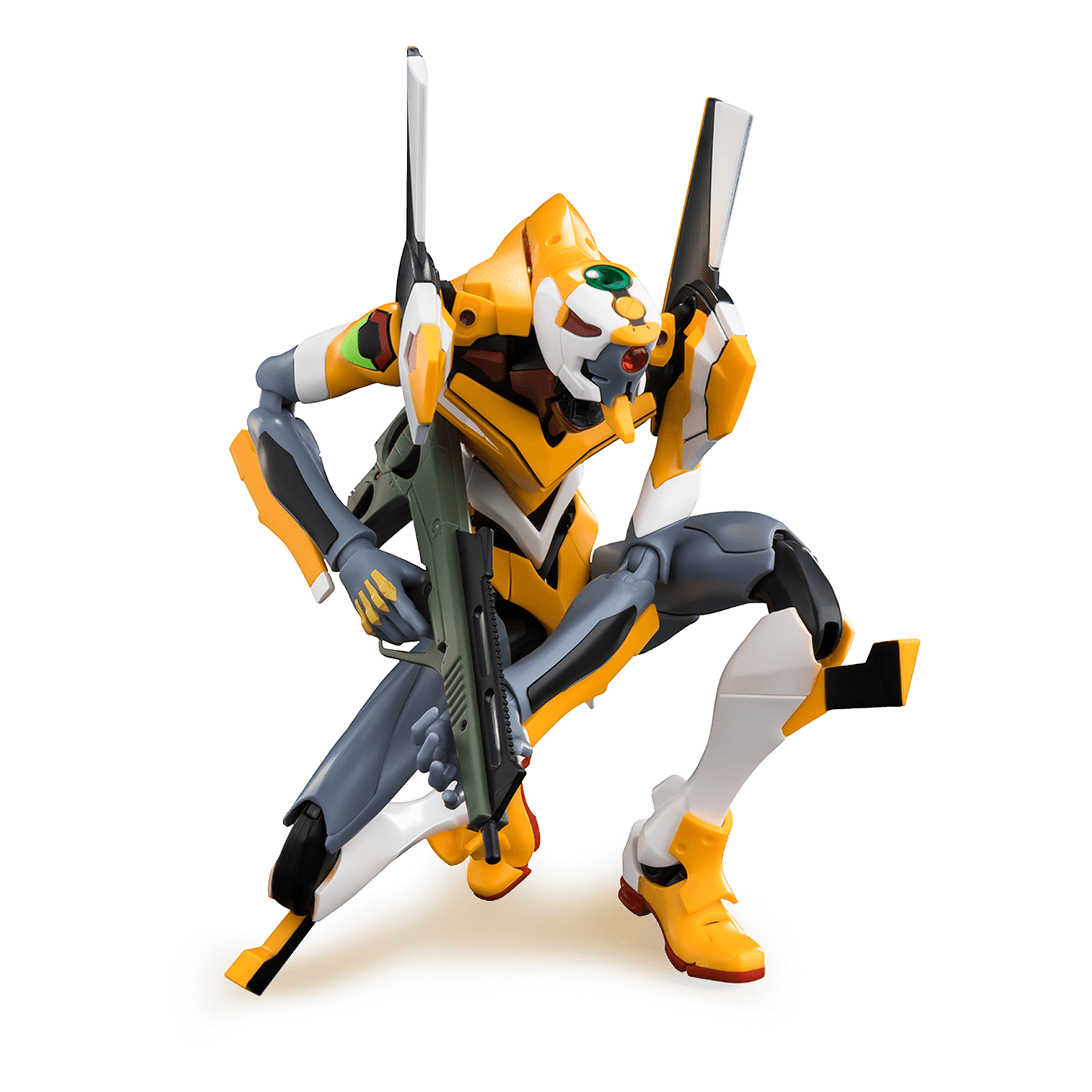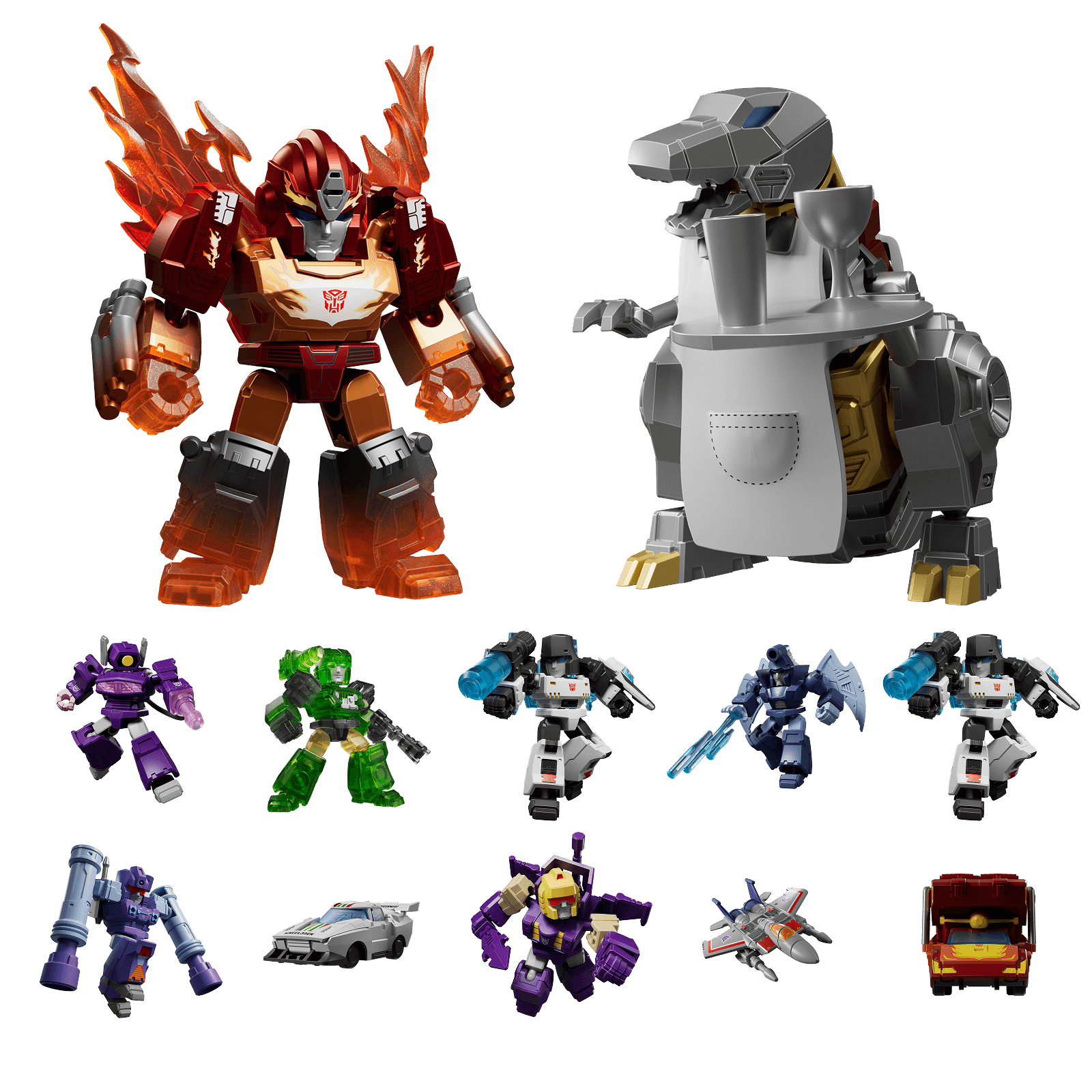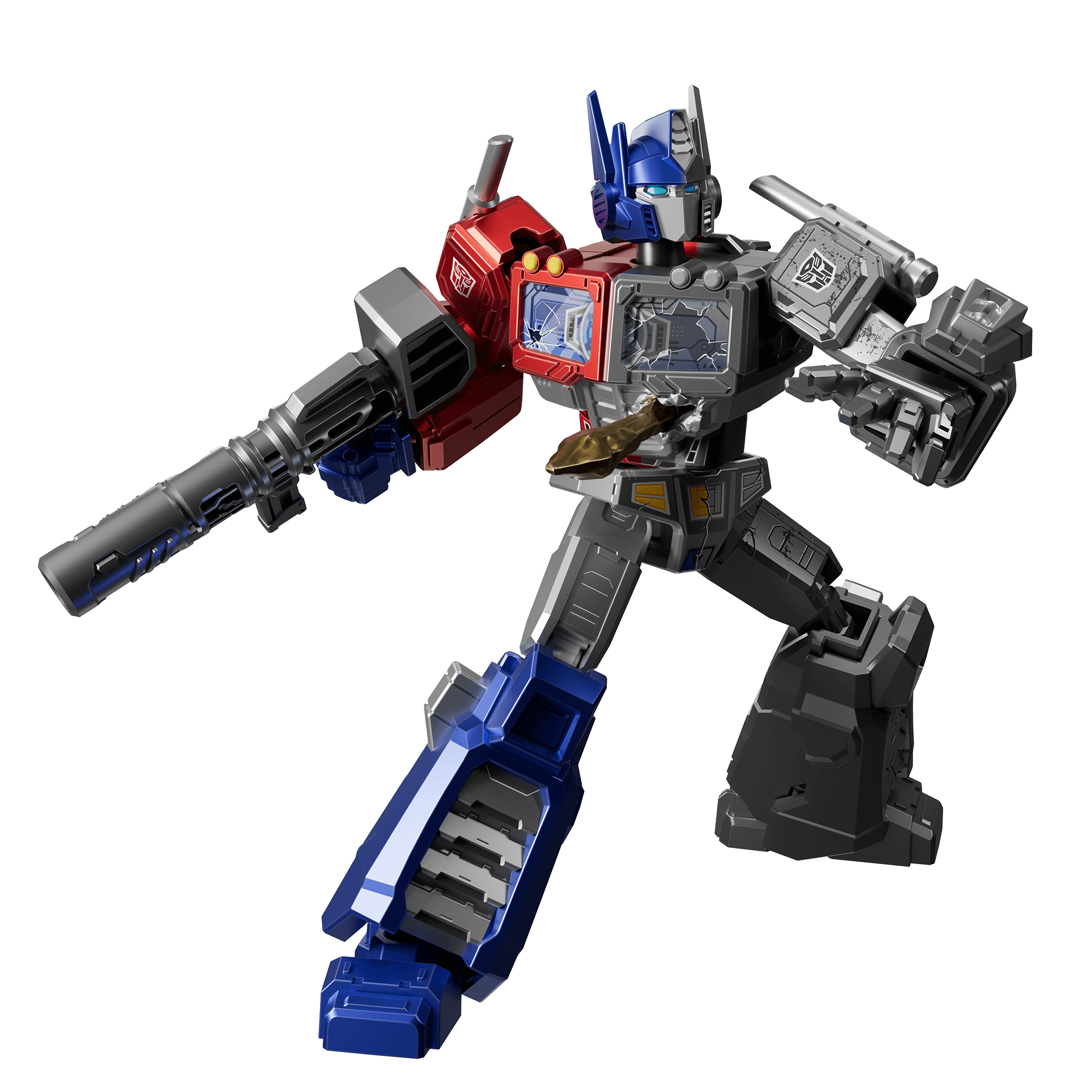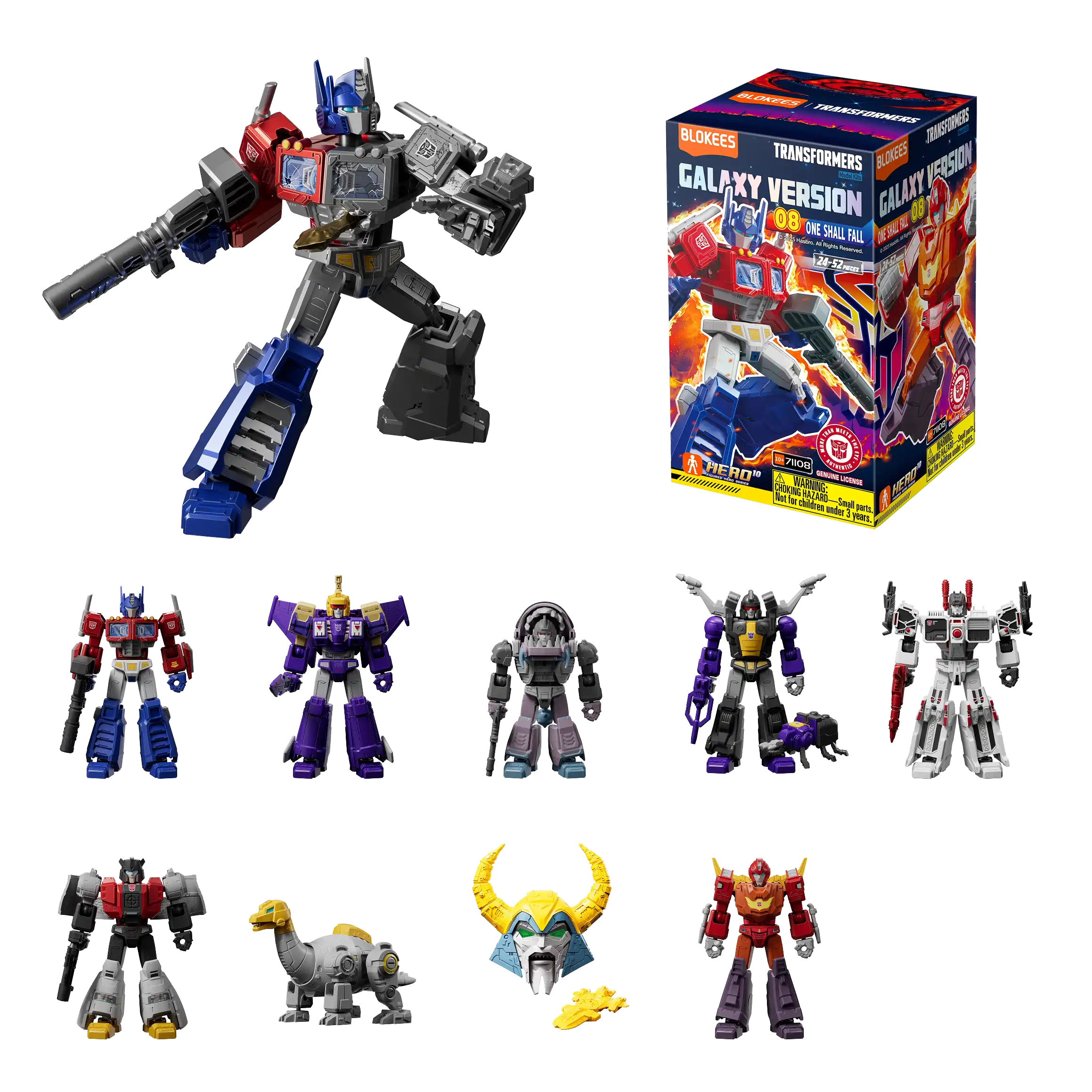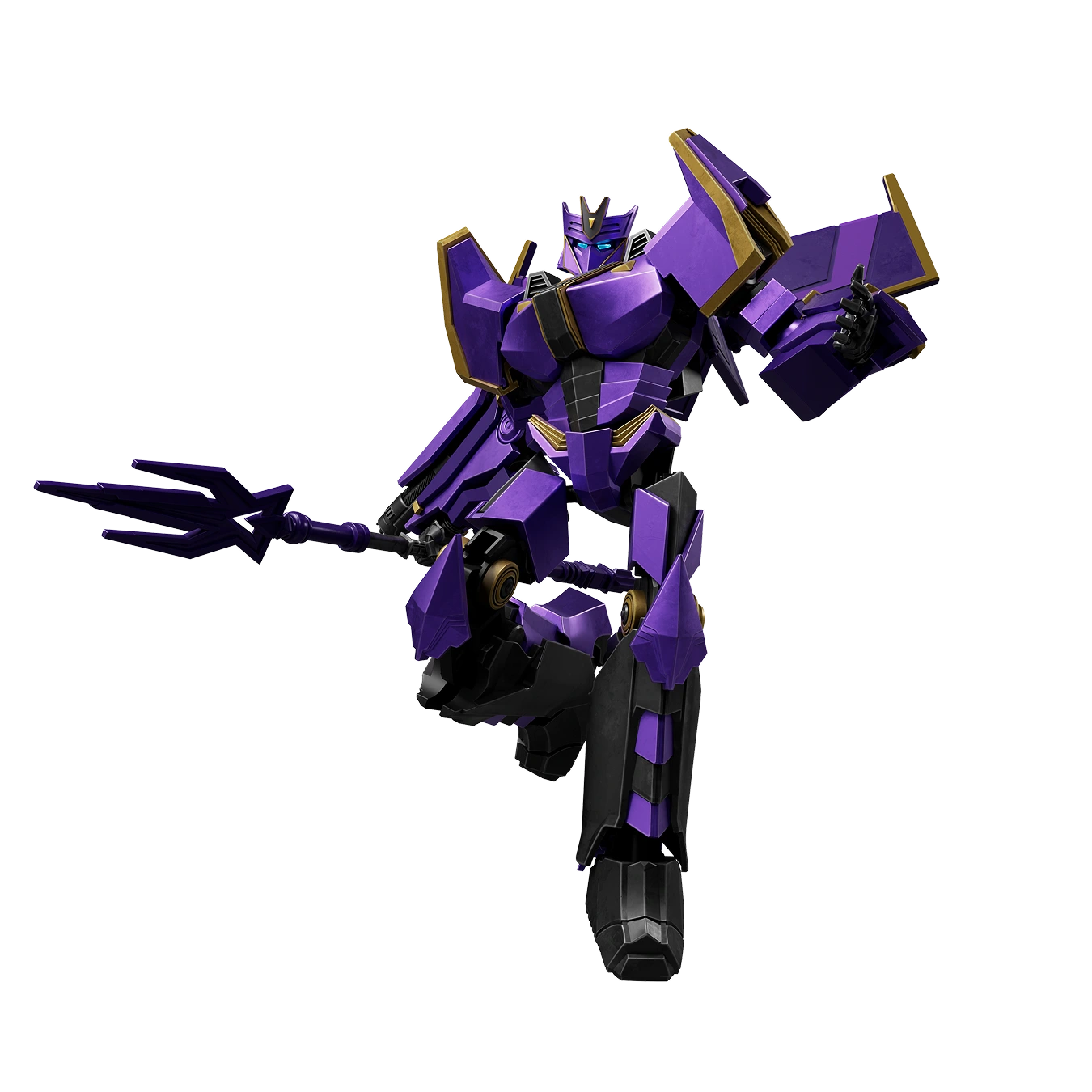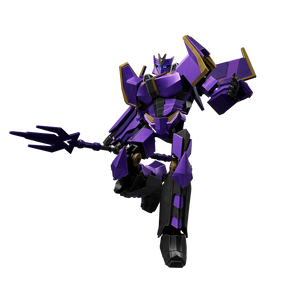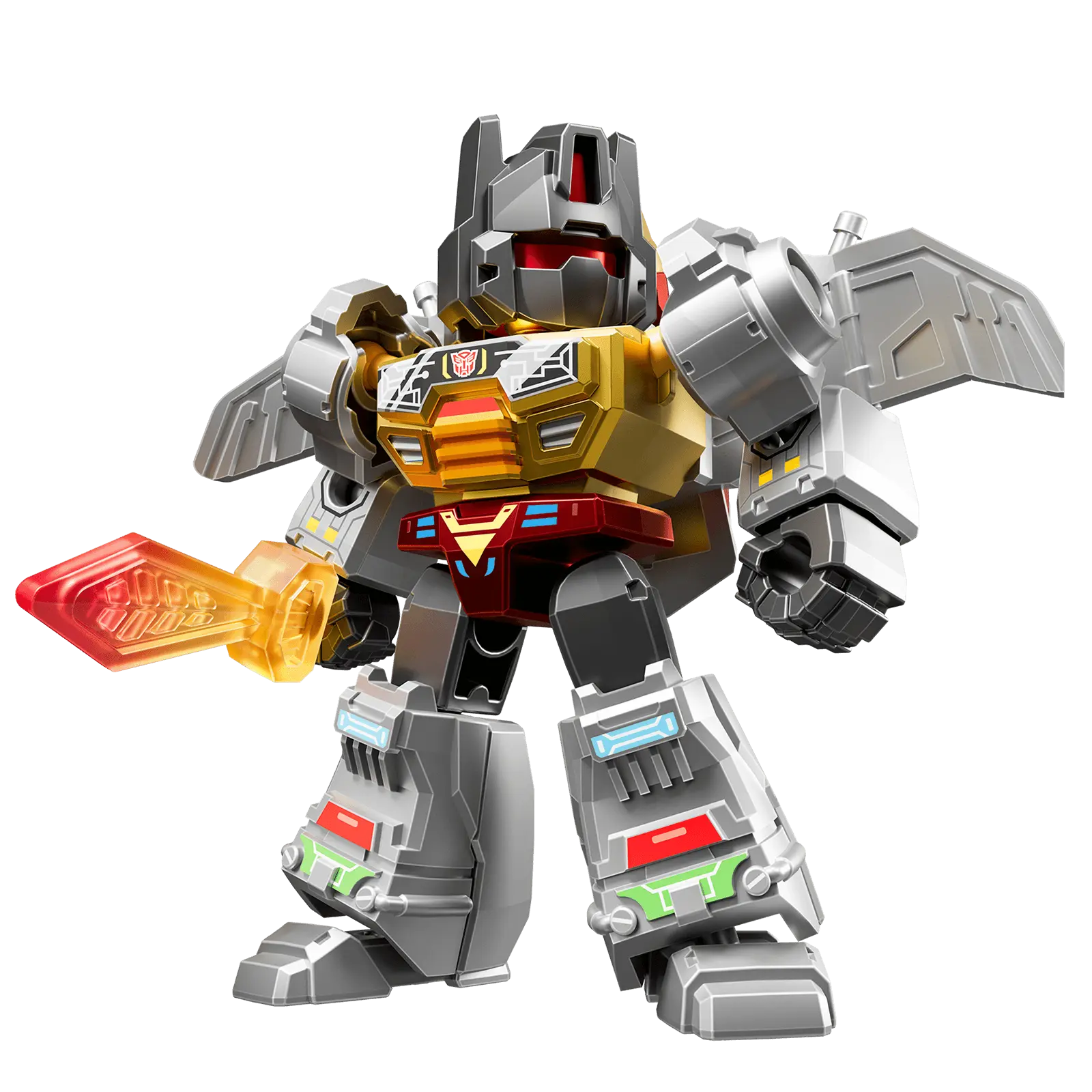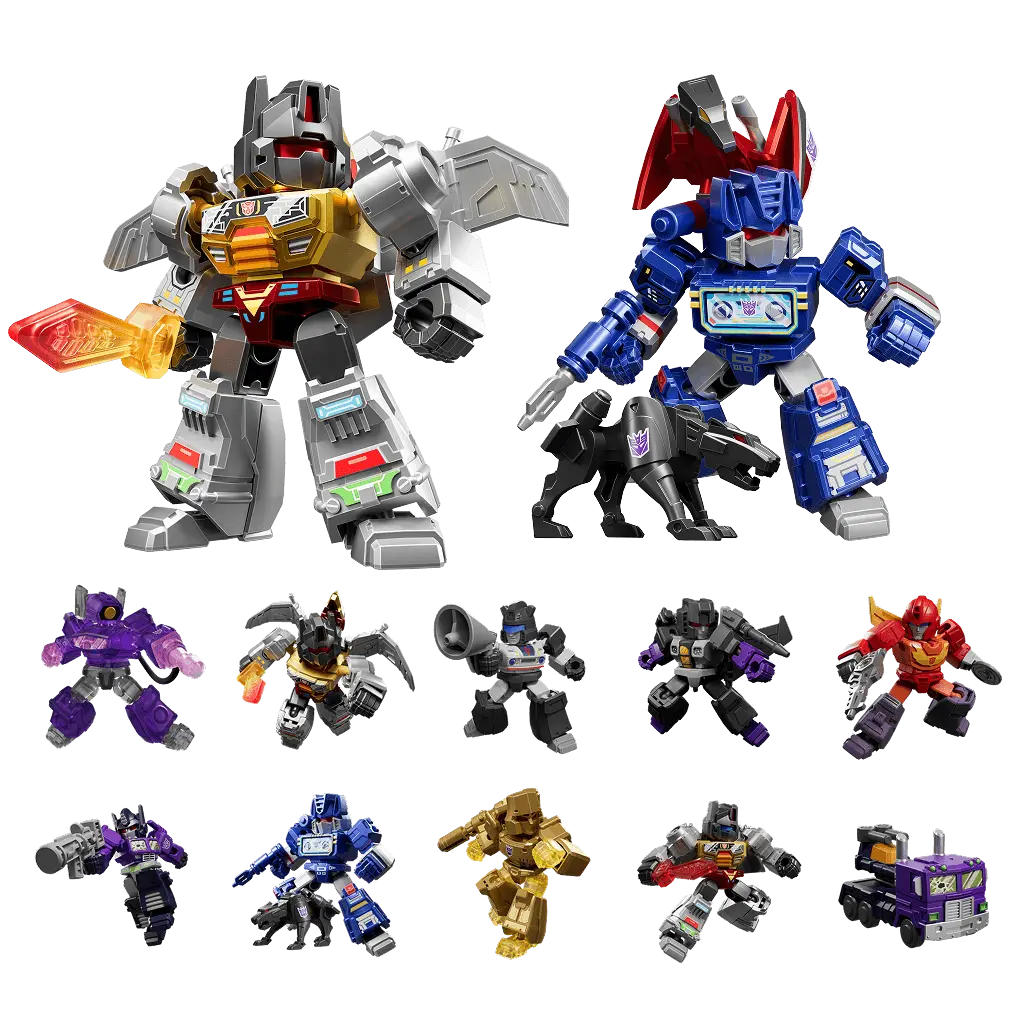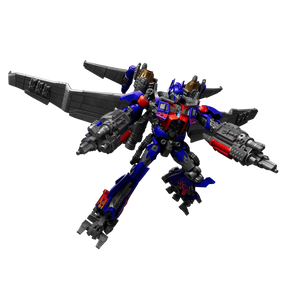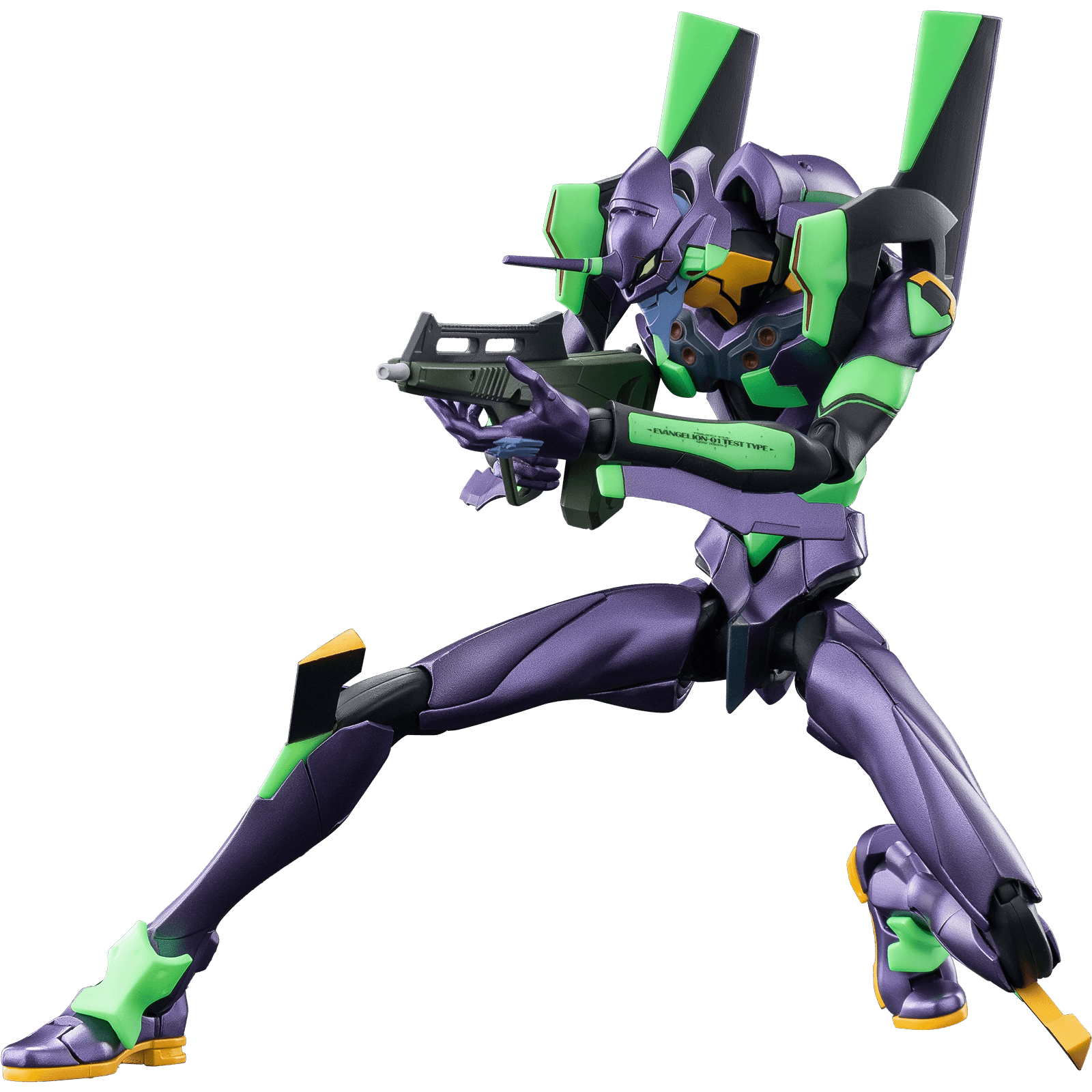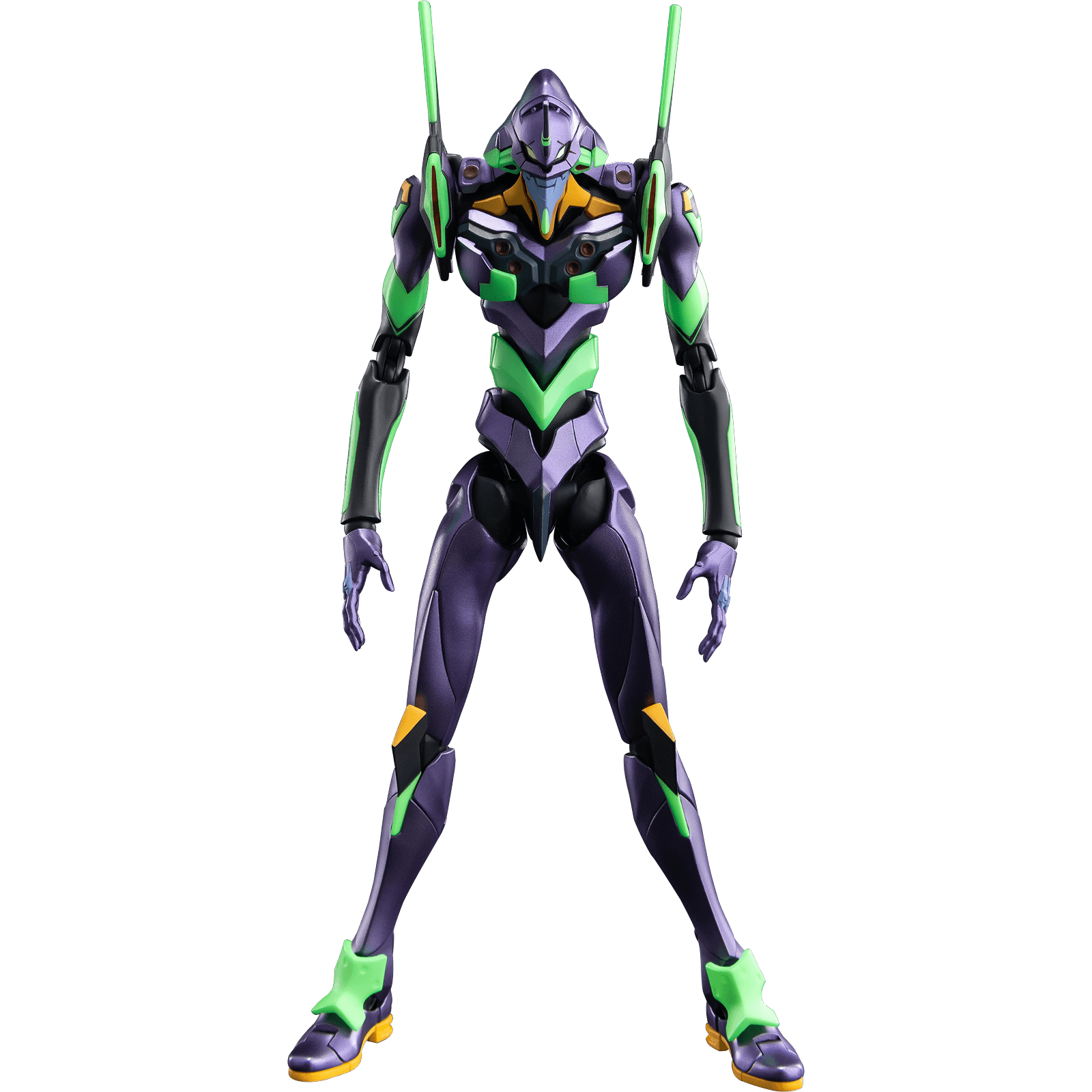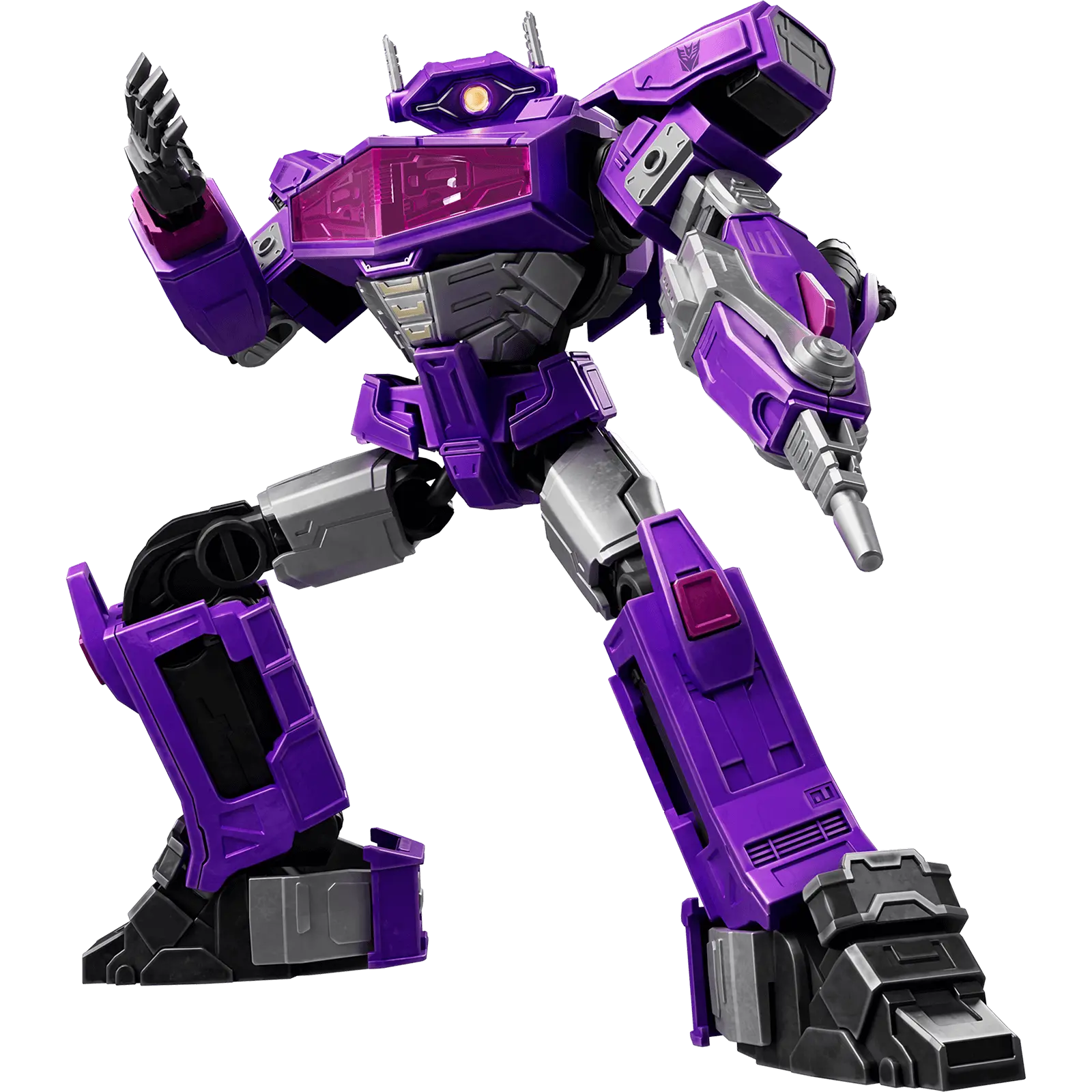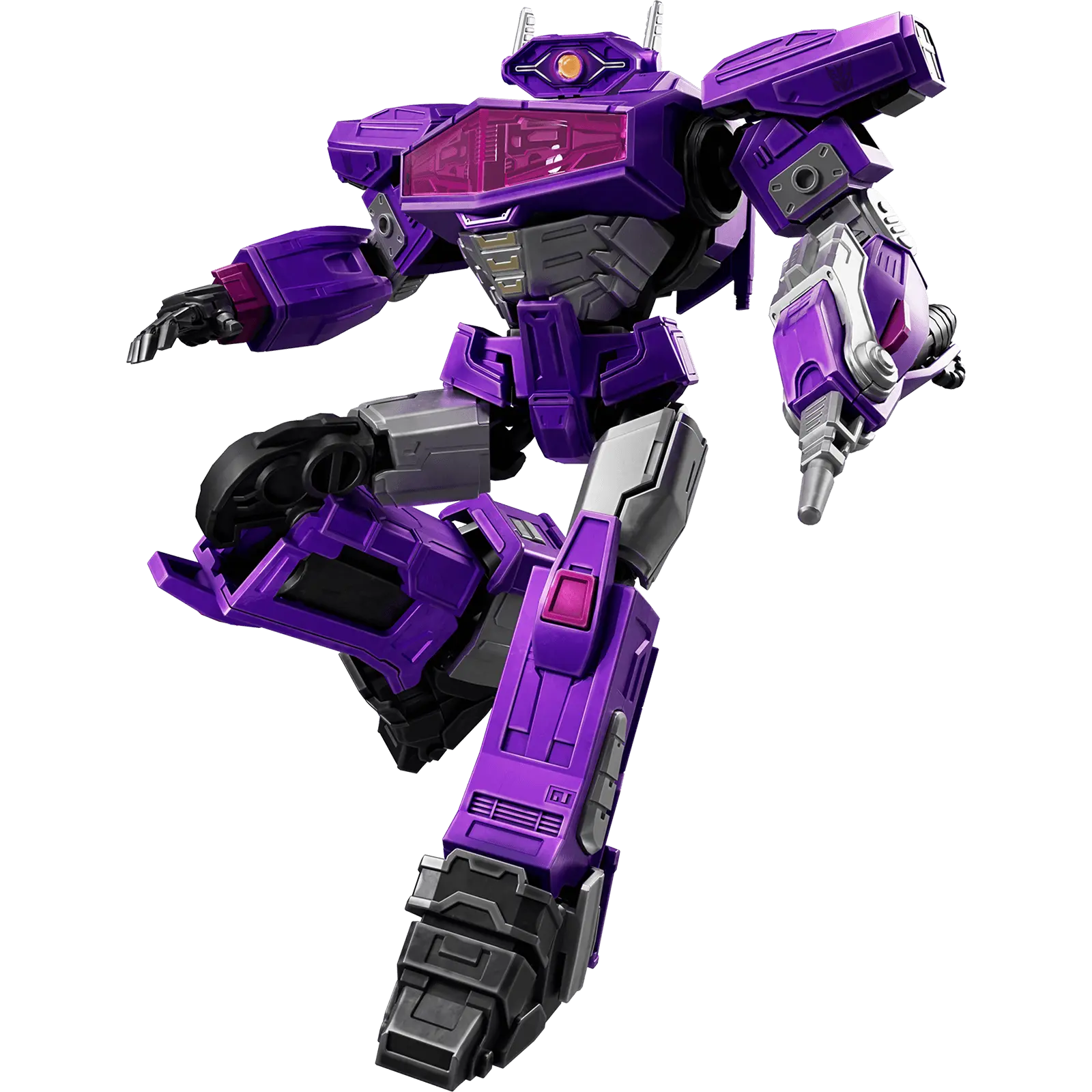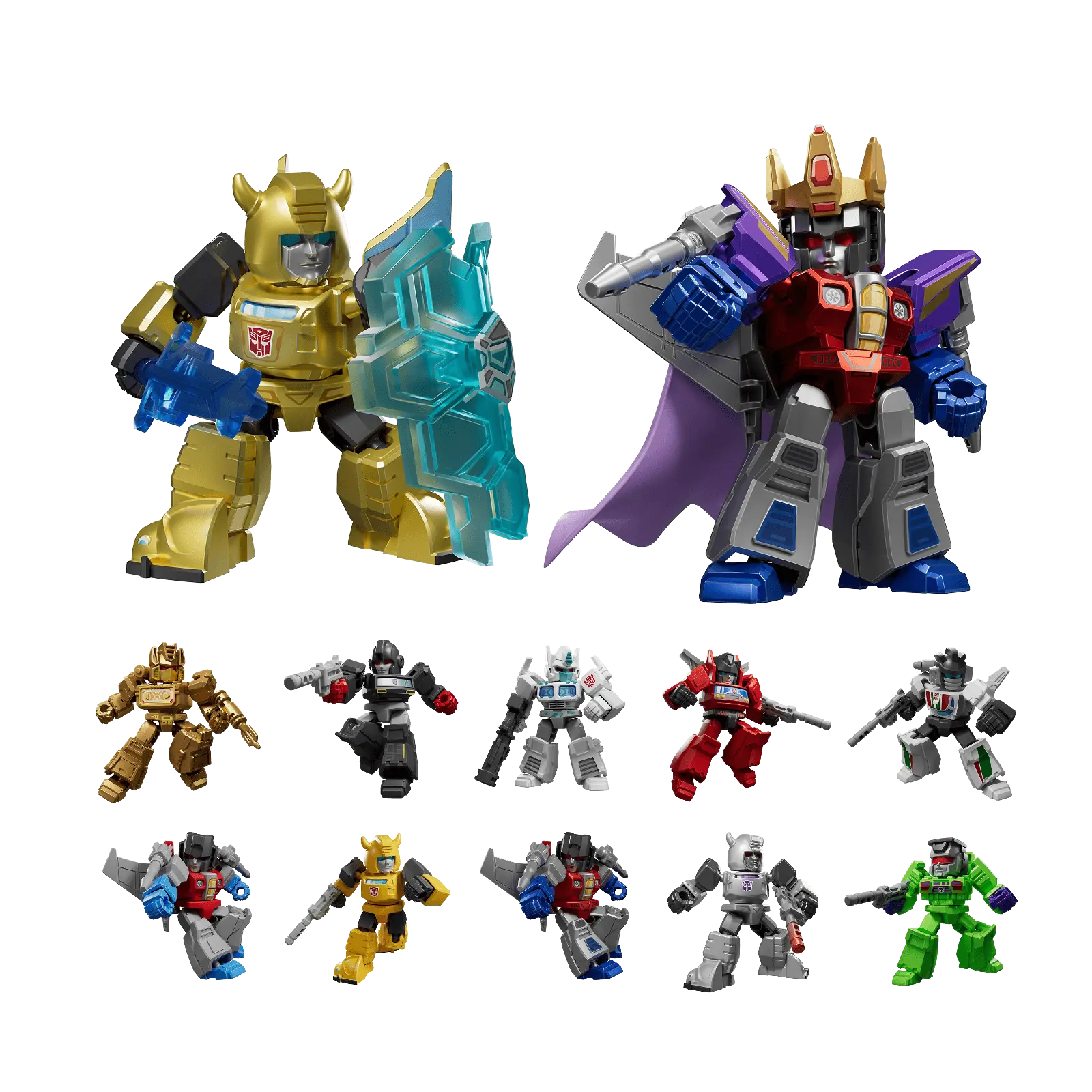The ending of End of Evangelion leaves viewers stunned, confused, and searching for answers. This 1997 film concludes Neon Genesis Evangelion with imagery so provocative and ambiguous that fans still debate its meaning decades later.
What actually happens after the credits roll? Does humanity survive? Can people return from the sea of LCL? Understanding the aftermath requires examining the film's final moments and the choices that shape humanity's future.
The Final Scene Breakdown

The movie concludes with Shinji and Asuka alone on a beach beside an ocean of LCL—the liquid form of all human souls merged during Third Impact. This desolate landscape represents the new world created by Shinji's decision.
Shinji chose to reject Instrumentality, the forced evolution merging all human consciousness into a single unified being. By making this choice, he allowed individuals to maintain separate identities and return to physical form if they possessed the will to do so.
The beach scene shows two people who have already chosen to return. Shinji approaches Asuka, and in a disturbing moment, begins strangling her. She responds by caressing his face, and he breaks down crying while she utters her final line.
Understanding Third Impact's Aftermath
Third Impact transformed every human into LCL, dissolving the barriers between individual souls. This process fulfilled SEELE's plan for forced human evolution, though Shinji ultimately rejected the permanent merger.
Key outcomes of Third Impact:
- Physical bodies dissolved into primordial fluid
- Individual consciousness temporarily merged
- AT Fields separating souls collapsed
- Earth's surface devastated by catastrophic events
- EVA Unit-01 remained crucified in space
The world became a blank slate where humanity could theoretically rebuild. However, the choice to return from Instrumentality belongs to each individual soul, not a collective decision.
Can Humanity Return to Physical Form?
Yes, but with conditions. Shinji's rejection of forced unity means anyone with sufficient willpower can reconstitute their physical body and emerge from the LCL ocean. This process requires the desire to exist as a separate individual despite the pain that comes with it.
The film suggests most humans might choose to remain in the comfort of unified consciousness. Individual existence brings suffering, loneliness, and the fear of rejection—all the anxieties that plague human relationships.
Asuka's return demonstrates that strong-willed individuals can reclaim physical form. Her appearance on the beach proves the process works, though it remains unclear how many others will follow.
The Symbolism of Shinji and Asuka Alone

Their isolation on the beach carries multiple interpretations. Some viewers see hope—two people beginning humanity's rebuilding. Others perceive tragedy—the cycle of pain and rejection continuing unchanged.
Shinji's attempt to strangle Asuka mirrors earlier scenes and represents his fear of rejection and inability to connect. Her gentle response breaks this pattern, showing acceptance despite his violence. This moment may signify the possibility of genuine human connection, even after experiencing Instrumentality's false unity.
The absence of other characters raises questions. Where are Rei, Misato, Gendo, and everyone else? Their fates remain ambiguous, though evidence suggests they could return if they choose.
Different Interpretations of the Ending
The Hopeful Reading:
Humanity gains a second chance. People who choose individuality over false unity can rebuild civilization with greater understanding. The suffering of maintaining separate identities becomes worthwhile for authentic connections.
The Pessimistic Reading:
Nothing fundamentally changes. Humans return to the same cycles of pain, rejection, and isolation that plagued them before. Shinji and Asuka demonstrate that even after experiencing complete unity, people still hurt each other.
The Neutral Reading:
The ending presents choice without judgment. Some may return, others may stay merged. Neither option is inherently superior—each involves trade-offs between comfort and authenticity.
The Role of Free Will
Shinji's decision to reject Instrumentality centers on free will. He chooses painful individuality over comfortable collective consciousness, believing that genuine human connection requires separate identities despite the risk of hurt.
This choice affects everyone. By rejecting forced unity, Shinji gives each soul the option to decide their own fate. Those who value individual existence can return, while those preferring unity can remain in the merged state.
The film argues that authentic relationships require the freedom to reject and hurt each other. Without that possibility, acceptance becomes meaningless.
What Happened to Other Characters?

Rei Ayanami: Her role in Third Impact concluded with her rejection of Gendo's plan. She facilitated Shinji's choice rather than forcing humanity's evolution. Whether she returns as an individual remains unclear.
Misato Katsuragi: She died protecting Shinji before Third Impact's completion. Her soul merged with all others, and her potential return depends on her will to reconstitute physical form.
Gendo Ikari: His consciousness merged during Third Impact after his plans failed. The film suggests he finally achieved union with Yui, though not in the way he intended.
Other NERV Personnel: All humans experienced the same transformation. Their individual returns depend on personal choices made within the LCL ocean.
The State of the Physical World
Earth's surface suffered massive devastation during Third Impact. The landscape shows a red ocean, barren beaches, and apocalyptic destruction. Infrastructure, cities, and civilization's remnants have vanished or lie ruined.
|
Aspect |
Pre-Impact |
Post-Impact |
|
Oceans |
Blue saltwater |
Red LCL fluid |
|
Human Population |
Billions |
Two confirmed physical beings |
|
EVA Units |
Multiple active |
Unit-01 crucified in space |
|
NERV Facilities |
Operational underground |
Presumably destroyed |
|
Civilization |
Functioning |
Non-existent |
Rebuilding would require enormous effort from those who choose to return. The world offers resources but lacks the infrastructure supporting modern life.
Psychological Implications for Survivors
Anyone returning from Instrumentality carries memories of complete unity with all human consciousness. They experienced every joy, pain, fear, and desire of every person who ever lived. This knowledge fundamentally changes perspective.
Shinji and Asuka must live knowing they experienced absolute understanding and chose separation anyway. This decision validates individual existence while acknowledging its inherent suffering.
The psychological burden may explain why few people immediately return. Choosing painful individuality after experiencing blissful unity requires exceptional strength or desperate hope.
Connections to the Original Series Ending

The television series concluded with an abstract, psychological exploration of Shinji's internal journey toward self-acceptance. End of Evangelion provides the external, physical events occurring simultaneously.
Both endings address the same themes—the pain of individuality versus the comfort of connection, the necessity of accepting oneself, and the courage required to exist as a separate being. The film simply shows the cosmic-scale events while the series focused on internal transformation.
Together, they present complementary perspectives on the same conclusion. Neither invalidates the other; they explore different aspects of the same emotional and philosophical territory.
Director Hideaki Anno's Vision
Anno created this ending during a period of severe depression, and his mental state influenced the film's tone. He received death threats from fans dissatisfied with the series finale, adding bitterness to the production.
The film reflects Anno's struggle with depression, social anxiety, and the burden of fan expectations. Shinji's journey mirrors the director's own battles with self-worth and human connection.
Understanding this context doesn't diminish the work's artistic merit. Instead, it reveals how personal pain transformed into a universal meditation on human existence and the courage required to face life's difficulties.
Legacy and Continued Relevance
End of Evangelion remains one of anime's most discussed finales. Its refusal to provide clear answers frustrates some viewers while fascinating others. This ambiguity allows personal interpretation based on individual experience and philosophy.
The film influenced countless creators and established new standards for ambitious, psychologically complex storytelling in animation. Its willingness to challenge audiences rather than comfort them set precedents still felt today.
Fans continue analyzing every frame, symbol, and line of dialogue. Online communities debate interpretations, share theories, and discover new layers of meaning with each viewing.
Why the Ending Resonates
The conclusion works because it mirrors real human experience. Life rarely provides clear answers or comfortable resolutions. People hurt each other while simultaneously needing connection. Relationships bring both joy and pain, and choosing to engage with others always involves risk.
End of Evangelion argues that this messiness makes life worth living. The alternative—safe isolation or forced unity—eliminates what makes us human. Authentic connection requires the freedom to reject and the courage to try again after being hurt.
For fans who connect deeply with these themes, celebrating the series through collectibles and artistic interpretations helps process its complex messages. The Evangelion Action Edition building sets offer opportunities to engage with the franchise's iconic imagery while reflecting on its deeper meanings.
Frequently Asked Questions
Does everyone eventually come back from the LCL ocean?
The film intentionally leaves this ambiguous. Anyone with sufficient willpower and desire for individual existence can return, but there's no guarantee most people will choose to do so. The comfort of unified consciousness may prove more appealing than the pain of separation for many souls.
Why does Shinji strangle Asuka in the final scene?
This violent act represents Shinji testing whether the old patterns of fear and rejection still exist. He's checking if the real world maintains the painful dynamics that made Instrumentality appealing.
Is the ending meant to be hopeful or depressing?
Both interpretations carry validity. The ending presents hope through the possibility of authentic human connection and the freedom to choose one's existence.
What happened to EVA Unit-01 after Third Impact?
Unit-01 remains crucified in space, serving as an eternal monument to what occurred. The unit contains Yui Ikari's soul and essentially becomes a permanent testament to human existence, drifting through space long after Earth's fate is determined.
Can I watch End of Evangelion without seeing the series?
Technically yes, but the experience suffers tremendously without context. The film assumes familiarity with characters, relationships, and mythology established throughout the series. Watching the complete television series first provides essential background for understanding the film's emotional and narrative impact.
Will there be official continuation showing what happens next?
The original creators intended the ending to remain ambiguous and open to interpretation. The Rebuild film series offers an alternate timeline rather than a direct sequel. Anno has stated that the conclusion should allow viewers to draw their own conclusions about humanity's future.
Conclusion
Understanding what happens after End of Evangelion ultimately depends on personal interpretation. The film provides enough information to support multiple valid readings while refusing to dictate a single correct answer. This approach respects viewers' intelligence and allows the ending to evolve with each person's life experience.
Whether you see hope, despair, or something between, the film's willingness to present difficult questions without easy answers makes it endure. For those exploring complex animated storytelling, new releases in building sets continue honoring franchises that challenge and inspire audiences across generations.



















